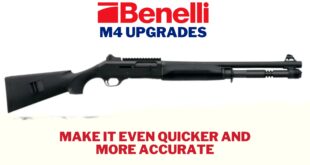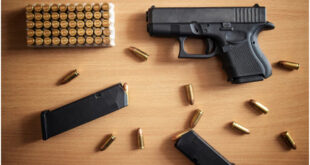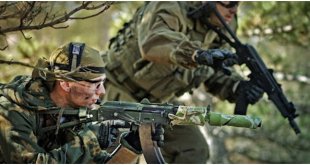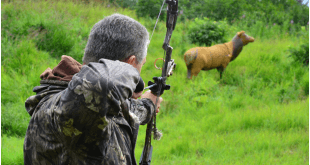The sheer variety of Kimber rifles for sale can be overwhelming hence Intelligent choice begins with knowledge. The variations of the rifles include different: actions, stock materials, barrel lengths, metal materials and finishes, and calibers.
Calibers:
The beginning deer hunter must first choose the cartridge that he or she wants the rifle to shoot. Standard cartridges are manufactured to specific physical dimensions and dynamic characteristics and named accordingly. This means in order to safely fire a cartridge, a Kimber .22 rifle is designed to fire only that specific cartridge.
Actions:
The cartridge is moved from the storage location to the chamber by a series of actions in and around the receiver.
There are four basic types of actions used in repeating sporting rifles: bolt action, pump action, lever action, and self-loading (auto-loading or semi-automatic) action.
The bolt action receiver is the simplest of the designs that allows the rifle to be loaded with more than one cartridge at a time, has the fewest moving parts, is easier to maintain and is very reliable.
Stock Materials:
The stock is the support structure that cradles the barreled action and allows you to fire the rifle from your shoulder. The stock is what you hold when you shoot.
Walnut is sturdy, aesthetically pleasing, and feels good in the hand, particularly on cold days, but is typically more expensive than other materials.
Laminated woods are the strongest and resist warping because the laminations are laid in different directions. They feel good in the hand, but are a little heavier than walnut or synthetic stocks.
Synthetic are less expensive and less affected by moisture than walnut stocks but are sensitive to temperature extremes and a consequent lack of rigidity negatively affects the accuracy of the rifle. Hand laid fiberglass stocks with full length aluminum reinforcements, are sufficiently rigid to provide excellent accuracy, but cost as much as a wood stock.
Barrel length:
The length of the barrel basically affects four things: the stiffness of the barrel, the length of the rifle, the weight of the rifle, and the speed of the bullet as it exits the end of the barrel. Rifles with short barrels are lighter and are therefore easier to carry on long hunting trips and to maneuver in the underbrush.
The downside of lighter weight is that the recoil is more severe. So is muzzle blast, since it is closer to the shooter. Both can noticeably degrade practical accuracy and quality of experience.
Metal Materials and Finishes:
Carbon steel is less expensive, but readily rusts but is commonly treated to significantly retard rusting, especially if the gun is properly maintained.
Stainless steel resists rusting, but is more expensive. Stainless steel is typically a satin silver color, but can be blackened by chemical treatments or coatings.
No matter which one you choose to get, it is your responsibility as hunters to practice with it, and sight it in properly, in order to make a good shot and harvest the animal as quickly and humanely possible.
 www.GunsandOptics.com Tactical & Hunting Gear Review
www.GunsandOptics.com Tactical & Hunting Gear Review






